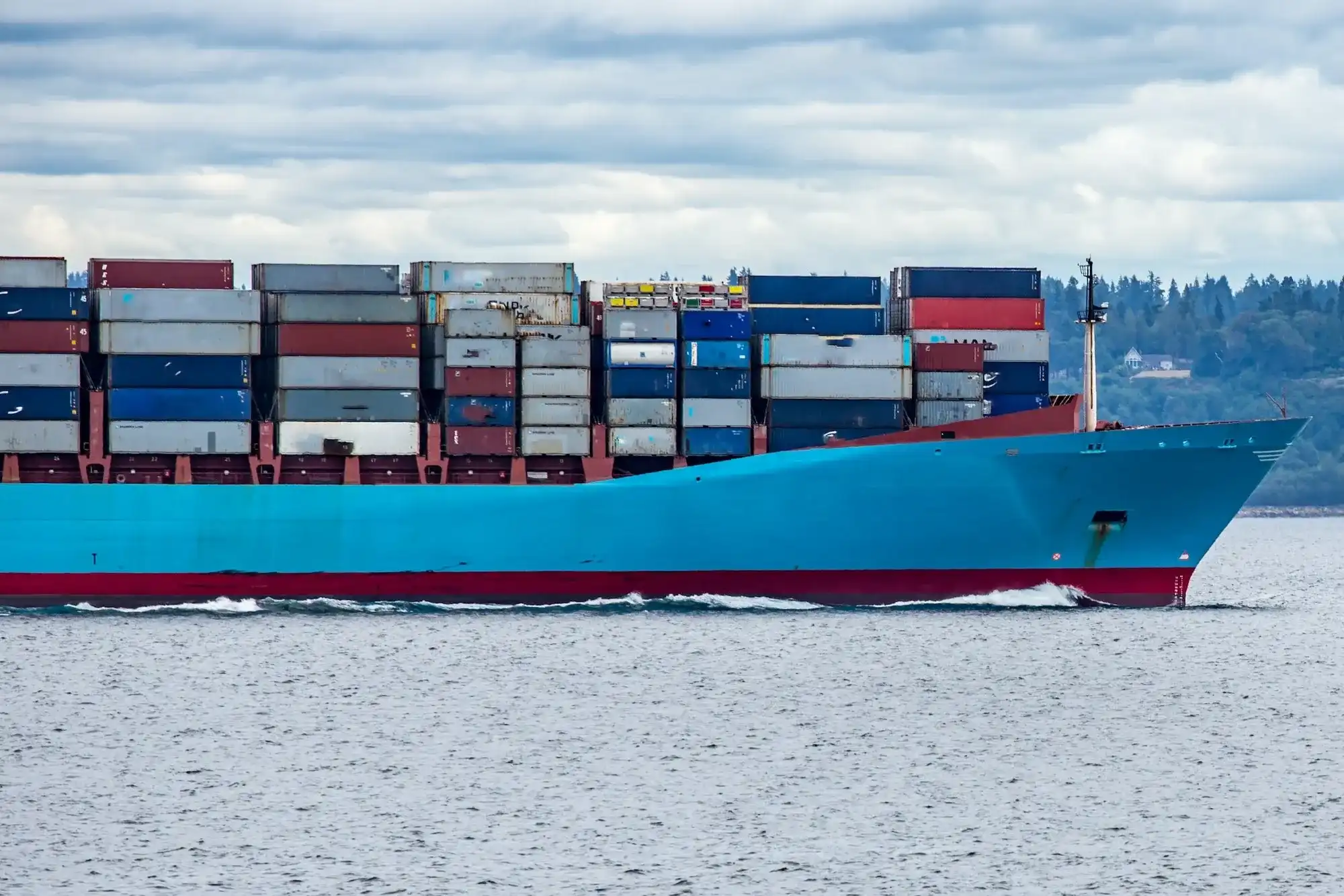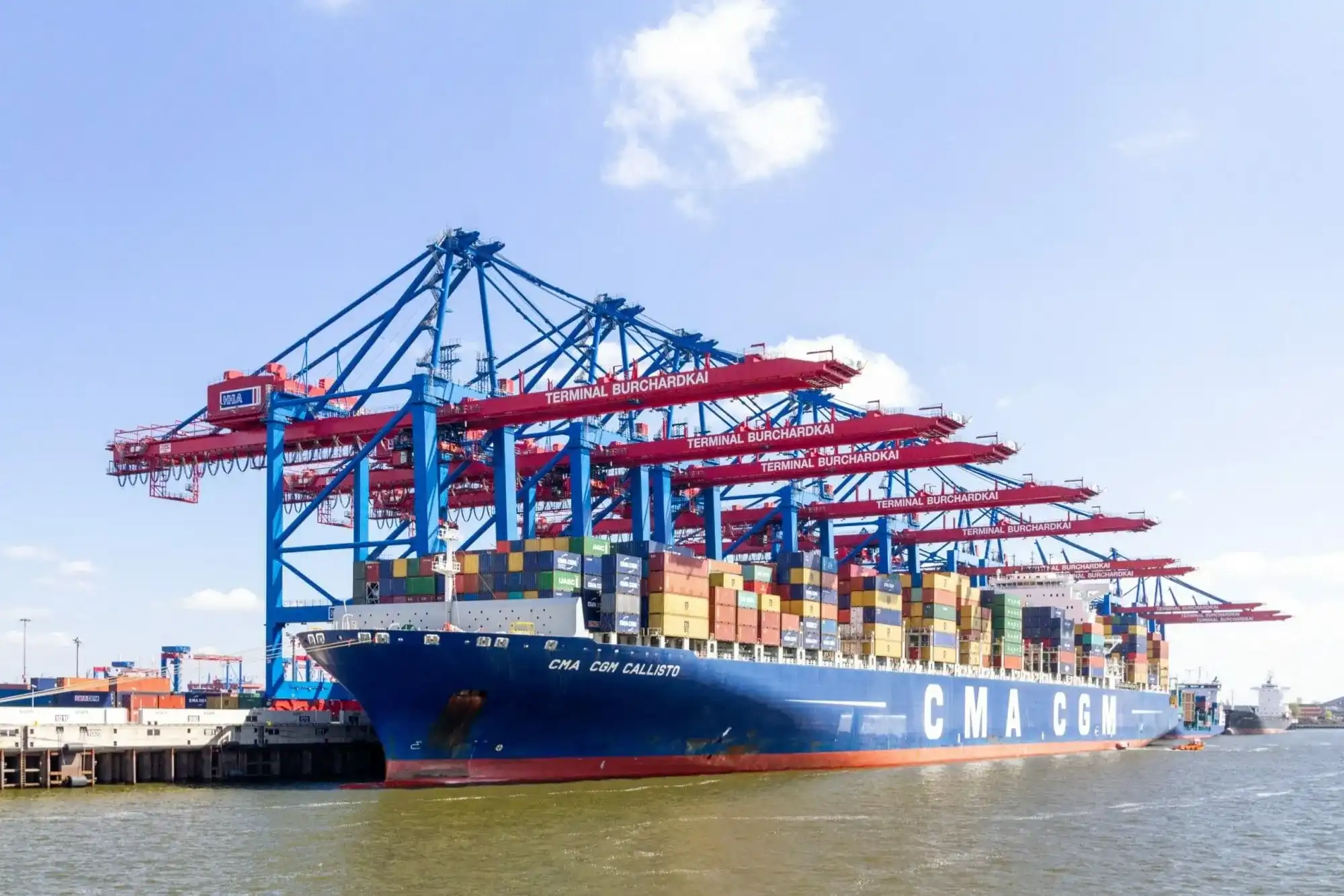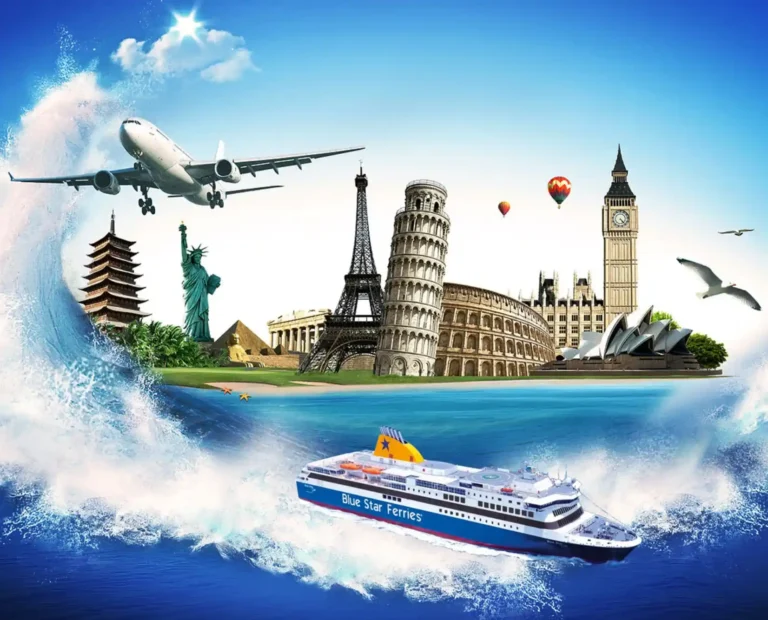Sea freight shipping is a crucial component of international trade that facilitates the transportation of goods across oceans and seas. This method of shipping is favored by businesses due to its cost-effectiveness, especially for bulk goods. With the growth of global trade, understanding the nuances of sea freight shipping has become essential for companies seeking to optimize their logistics.
Understanding Sea Freight Shipping
What is Sea Freight Shipping?
Sea freight shipping refers to the transportation of goods by sea using cargo ships. It is one of the oldest forms of transportation and remains a vital method for moving large volumes of goods worldwide. Unlike air freight, which is quicker but more expensive, sea freight is ideal for transporting heavy, bulky items over long distances.
Types of Sea Freight

There are primarily two types of sea freight:
- Full Container Load (FCL): This involves shipping a full container dedicated to one shipment. It is cost-effective for larger shipments and provides better security as the entire container is under one consignee’s control.
- Less than Container Load (LCL): In this arrangement, multiple shippers share a container, allowing smaller shipments to be sent at a lower cost. While LCL can be more economical for small businesses, it may take longer for the goods to reach their destination due to the consolidation process.
The Sea Freight Shipping Process
The process of sea freight shipping can be broken down into several key steps:
Booking the Shipment
The first step involves booking the shipment with a freight forwarder or shipping company. Shippers need to provide details about the cargo, such as weight, dimensions, and nature of the goods.
Preparing the Documentation
Proper documentation is essential in sea freight shipping. Key documents include:
- Bill of Lading (BOL): This serves as a receipt for the cargo and a contract between the shipper and the carrier.
- Commercial Invoice: This outlines the terms of sale and the value of the goods.
- Packing List: A detailed list of items included in the shipment.
- Customs Declaration: Required for international shipments to comply with customs regulations.
Transporting the Goods to the Port
Once the documentation is ready, the goods need to be transported to the port of departure. This may involve arranging local transportation, which can include trucks or rail services.
Customs Clearance
Before the cargo can be loaded onto the vessel, it must clear customs. This process ensures that all duties and taxes are paid, and the shipment complies with local regulations. It’s crucial to work with a customs broker to navigate this step effectively.
Loading and Shipping
After customs clearance, the goods are loaded onto the ship. This process varies depending on whether it’s FCL or LCL shipping. Once loaded, the vessel sets sail to the destination port.
Arrival and Unloading
Upon arrival at the destination port, the cargo is unloaded and goes through customs clearance once again. Shippers must provide the necessary documentation to facilitate this process.
Final Delivery
After clearing customs, the cargo is transported to its final destination. This may involve arranging local transportation to ensure timely delivery to the consignee.
Advantages of Sea Freight Shipping
Sea freight shipping offers several advantages, making it a preferred choice for many businesses:
Cost-Effectiveness
One of the primary benefits of sea freight shipping is its cost-effectiveness. Transporting large volumes of goods by sea is significantly cheaper than air freight, making it ideal for bulk shipments.
Capacity
Cargo ships have a vast capacity, allowing them to carry thousands of containers at once. This is particularly advantageous for businesses looking to transport large quantities of goods.
Environmental Benefits
Sea freight is generally more environmentally friendly compared to other modes of transport. Ships produce lower carbon emissions per ton-mile compared to trucks and airplanes.
Global Reach
With numerous shipping routes available, sea freight can reach virtually any destination worldwide. This extensive network is essential for businesses engaged in global trade.
Safety and Security
Cargo shipped by sea is often safer than other transport methods. Ships are built to withstand harsh weather conditions, and goods are securely stowed within containers.
Disadvantages of Sea Freight Shipping
Despite its advantages, there are also disadvantages to consider:
Longer Transit Times
Sea freight shipping typically takes longer than air freight. Depending on the route and destination, it may take weeks for cargo to arrive.
Port Congestion
Congestion at ports can lead to delays in loading and unloading. This is particularly problematic during peak shipping seasons.
Limited Tracking
While tracking technology has improved, tracking sea freight shipments is often less precise than tracking air freight. This can lead to uncertainty regarding delivery times.
Sea Freight Costs

Understanding the costs associated with sea freight shipping is essential for businesses. Several factors influence shipping costs, including:
Type of Cargo
The nature of the cargo (e.g., hazardous materials, perishables) can affect shipping rates. Specialized handling may incur additional fees.
Weight and Volume
Shipping costs are often calculated based on the weight or volume of the cargo. Businesses should consider the most economical way to ship their goods.
Distance
The distance between the origin and destination ports plays a significant role in determining costs. Longer routes typically result in higher shipping fees.
Port Fees
Each port may have different fees associated with loading, unloading, and handling cargo. It is essential to factor these costs into the overall shipping budget.
Insurance
Many businesses opt for cargo insurance to protect their shipments during transit. The cost of insurance will depend on the value of the goods and the coverage selected.
Key Players in Sea Freight Shipping
The sea freight shipping industry involves various key players, including:
Shipping Lines
These are the companies that operate cargo ships. They provide services for transporting goods between ports.
Freight Forwarders
Freight forwarders act as intermediaries between shippers and carriers. They manage the logistics of shipping, including documentation and customs clearance.
Customs Brokers
Customs brokers assist with navigating customs regulations and ensuring that shipments comply with local laws.
Port Authorities
Port authorities oversee operations at ports, including the management of loading and unloading activities.
Shippers
Shippers are businesses or individuals who need to transport goods. They initiate the shipping process and provide the necessary documentation.
Trends in Sea Freight Shipping
The sea freight shipping industry is continually evolving, with several key trends shaping its future:
Technological Advancements
Technology is playing an increasingly important role in sea freight shipping. Innovations such as blockchain, IoT, and AI are being integrated into logistics processes, enhancing efficiency and transparency.
Sustainability Initiatives
With growing concerns about climate change, the shipping industry is focusing on sustainability. Many companies are exploring eco-friendly practices, including using alternative fuels and improving energy efficiency.
Digitalization
The digital transformation of the shipping industry is streamlining operations and improving customer experiences. Online platforms allow shippers to book shipments, track cargo, and manage documentation more efficiently.
Increasing Demand for E-Commerce
The rise of e-commerce has led to increased demand for reliable shipping solutions. Businesses are seeking efficient ways to fulfill online orders, driving growth in the sea freight sector.
Frequently Asked Questions (FAQs)
What is sea freight shipping?
Sea freight shipping is the transportation of goods by sea using cargo ships. It is a cost-effective method for moving large volumes of goods internationally.
What are the main types of sea freight?
The two main types of sea freight are Full Container Load (FCL) and Less than Container Load (LCL). FCL involves shipping a full container dedicated to one shipment, while LCL allows multiple shippers to share a container.
How long does sea freight shipping take?
The transit time for sea freight shipping varies depending on the route and destination. It can take anywhere from a few days to several weeks.
What factors influence sea freight costs?
Several factors influence sea freight costs, including the type of cargo, weight and volume, distance between ports, port fees, and insurance.
How can I track my sea freight shipment?
Tracking sea freight shipments can be done using tracking numbers provided by shipping lines or freight forwarders. However, tracking may be less precise than air freight.
Is sea freight shipping environmentally friendly?
Yes, sea freight shipping is generally more environmentally friendly than other transport methods, as it produces lower carbon emissions per ton-mile.
In conclusion, sea freight shipping remains an integral part of global trade, offering a cost-effective and reliable means of transporting goods across oceans. Understanding the processes, advantages, and challenges associated with sea freight is essential for businesses engaged in international commerce. As the industry continues to evolve with technological advancements and sustainability initiatives, companies must adapt to remain competitive in the dynamic world of logistics. Whether you are a seasoned shipper or new to the logistics landscape, being informed about sea freight shipping can greatly enhance your operational efficiency and business success.










